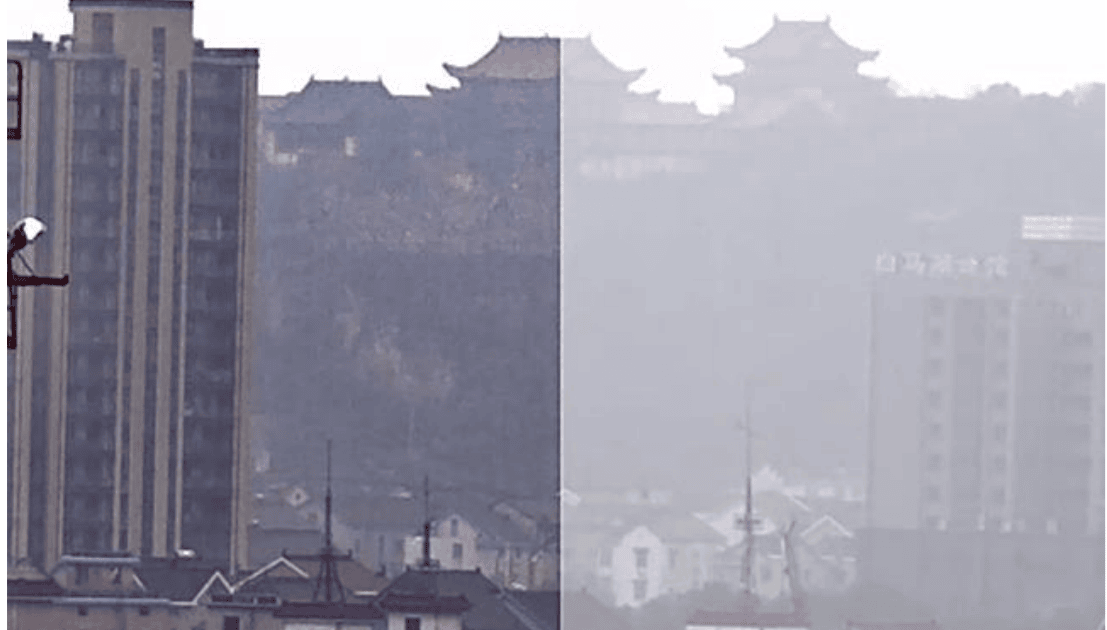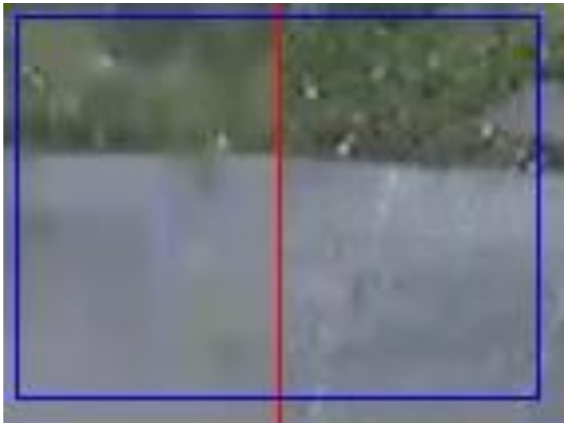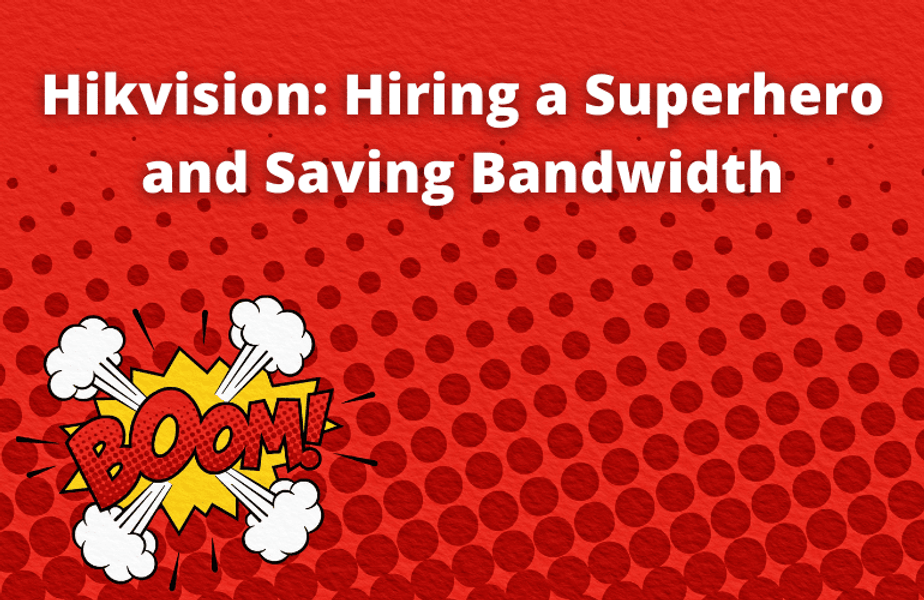If I were a business or homeowner looking to purchase a new surveillance system, I would think, as a diehard comic book fan, “well, why can’t I just hire a superhero? They can see in the dark, lift cars, and fly.” Unfortunately, due to superhero labor costs and their alleged nonexistence, I can't hire one. Luckily, Hikvision has software solutions that can do most of the same things. One software, in particular, Darkfighter, kind of sounds like a superhero anyway.
Seeing in the Dark
Darkfighter is software in Hikvision’s cameras that produces clear color images in down to .002 lux (about a starlit night) at 30fps.
Darkfighter-equipped cameras have a larger sensor that lets more light in, and then the camera uses an algorithm that mimics the human eye to reduce noise and enhance detail.
This Hikvision YouTube video demonstrates real-life examples of how Darkfighter lets you see in the dark.

Comparison of a scene with Defog (left) and without (right)
Fog
Another situation where hiring a superhero would be useful is in the fog. Thankfully, Hikvision offers a software solution to that as well called Defog. Aerosol particles in the fog and low contrast from the fog to the scenery decrease the image quality making it especially hard for cameras to distinguish objects. What Hikvision does is uses Defog to enhance color and details of the surveillance minimizing the distortion from the fog.
This Hikvision commercial comically demonstrates the use and implementation of Defog
Here is another more real-world example of Defog
Flying away from the superhero metaphor...Other surveillance issues Hikvision addresses
The problem with really good cameras is that they use a lot of bandwidth and storage. Hikvision uses region of interest encoding and H.265+ compression to remedy this issue.
ROI
The first way Hikvision saves bandwidth is region of interest encoding, or ROI. The idea of ROI is that within the field of view of the camera, there are spots where very little happens. For example, if the camera is pointed at a parking lot, and there is a tree in view, nothing of interest is probably going to happen above the ground where the leaves are. So, ROI encoding decreases the image quality of the leaves to make the overall video size smaller.

Sidewalk with ROI (left) and without (right)
ROI encoding also can incorporate intelligent software for moving things as well. So, in the same parking lot, the camera can decrease video quality for car bodies but keep it in high resolution for license plates.
H.265+
Even with ROI encoding, the camera still uses a lot of bandwidth. That’s where H.265+ compression comes in. H.265+ compression uses the same philosophy that, often, much of what a camera picks up does not change. Therefore, most video does not need to be the highest possible definition it can be. H.265+ compression uses three main methods to selectively decrease video quality and save bandwidth.
Predictive encoding: only showing the changes from a reference picture. Basically, if something moves or looks different in any way from normal, that video will be compressed and shown. For example, if there’s a trash can in this parking lot, the bitrate of that trashcan is going to be heavily decreased until someone walks past is triggering a change from the normal view.
Noise suppression: applying noise suppression to the background image and more data to moving objects saves bandwidth.
Long-term bitrate control: Say the parking lot is for a grocery store that closes at night. There’s going to be no cars there for approximately 6-8 hours. The H.265+ algorithm is going to lower the bitrate during those hours to save on overall bandwidth.
To learn more about H.265+ and video codecs in general, check out our blogpost dedicated to the subject
Hikvision uses these four and other software and hardware solutions to provide excellent surveillance quality.

